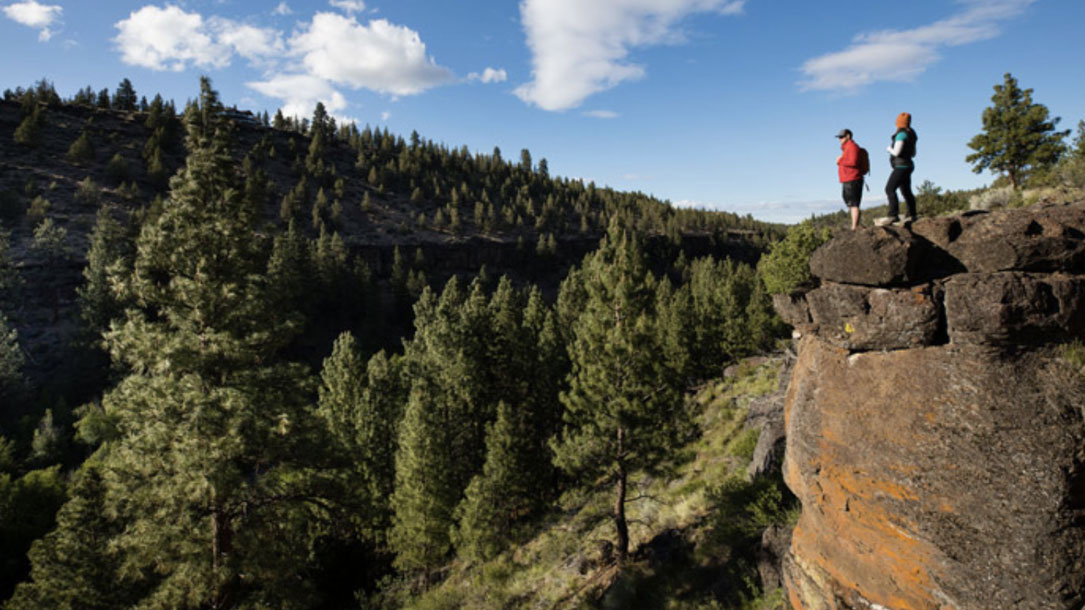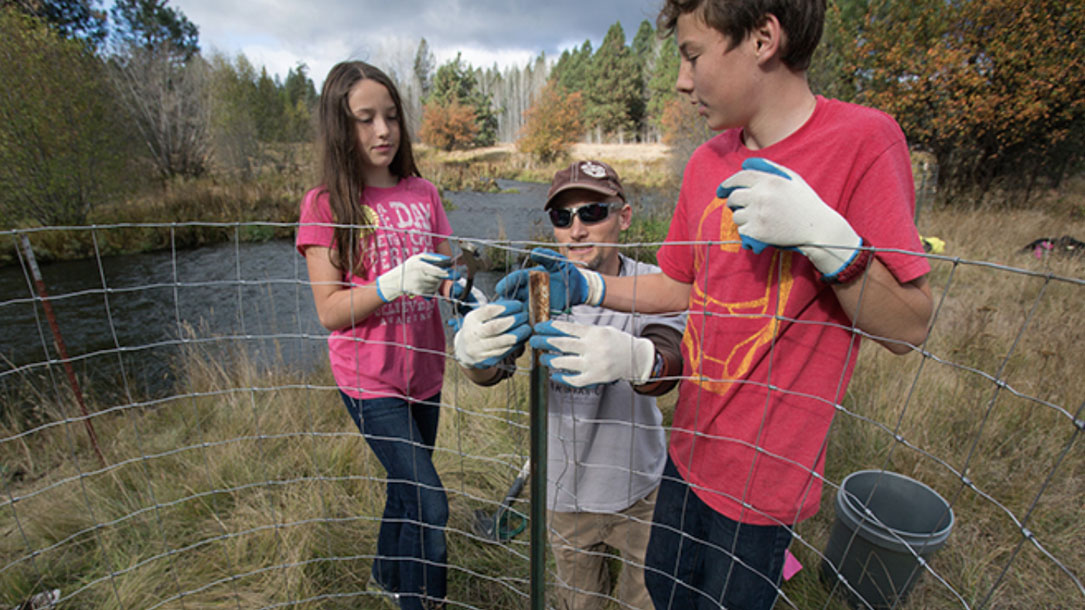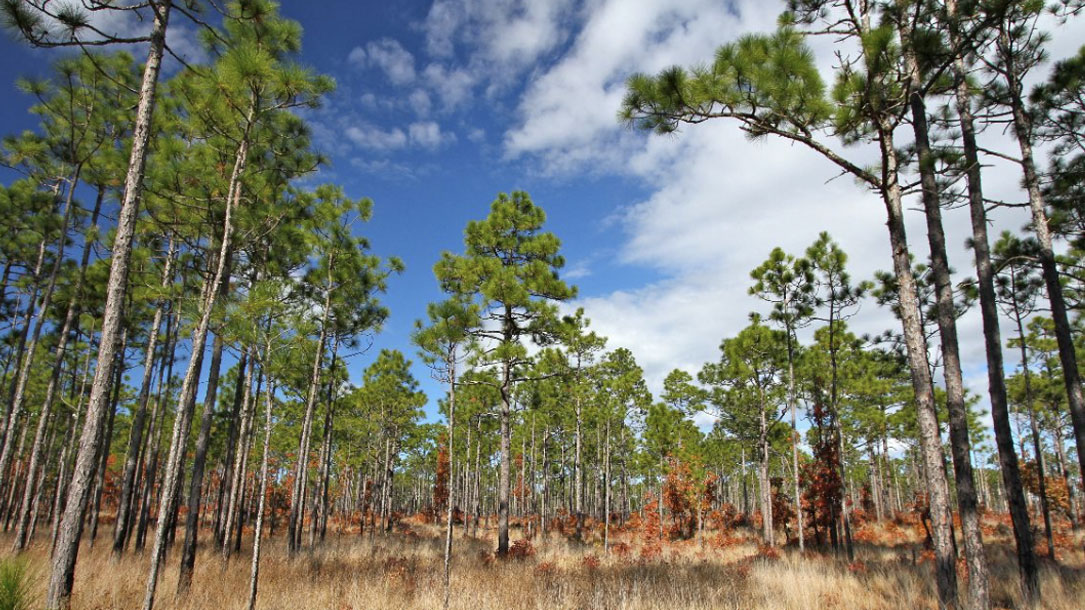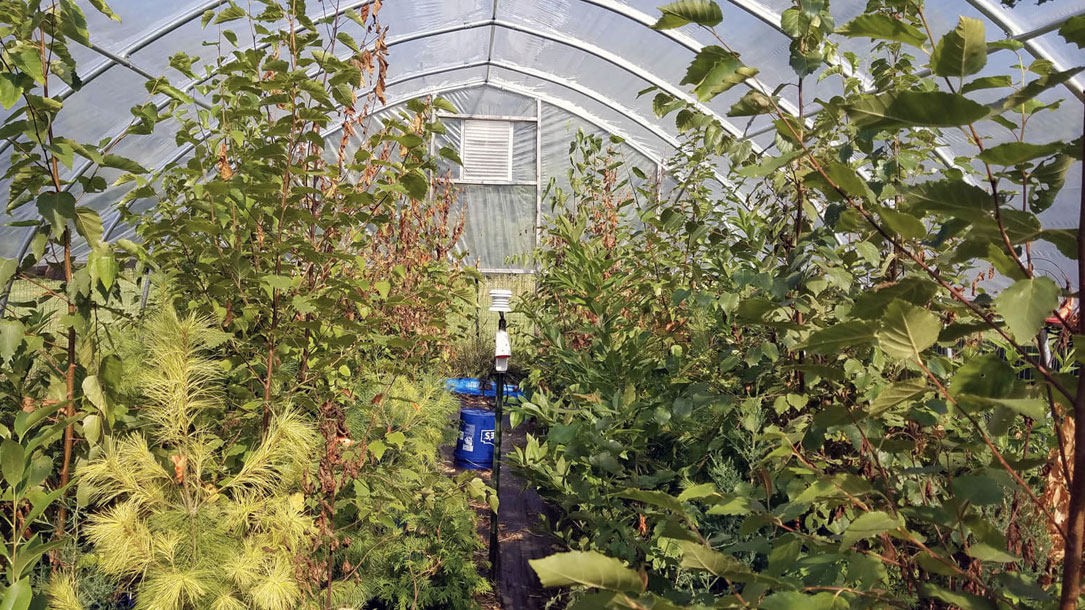Home > Climate News >

As climate shifts, species will need to relocate, and people may have to help them
Climate change is already affecting plants and animals worldwide and is a growing threat to biodiversity, adding a new layer to the existing challenges of habitat loss, invasive species, pollution, and overexploitation. A new study surveyed the recommendations of scientists for managing biodiversity in the face of climate change, providing a summary of practical guidance and identifying areas in need of further research…

Carbon offsets, illustrated
The Nature Conservancy has provided a brief guide to one of the climate solutions we need in order to achieve a low-carbon future, faster: natural climate solutions.
They note that we need to cut emissions from fossil fuels and reduce excess carbon dioxide and other planet-warming gases soon, to avoid the worst of the climate change impacts. This might be something you could share with those who are interested in authentic carbon offsets.

River conservation corridor
The East Branch of the Little Calumet River Conservation Corridor Project has helped to accelerate the preservation, restoration, and water quality improvement efforts within an ecologically significant riparian area. Project goals have included land acquisition, prioritization of acquisitions, collaborative land management planning, ecological restoration, identification of green infrastructure opportunities, and evaluation of policy mechanisms and barriers…

Climate change: Impacts on the communities we love
Central Oregon has some incredible towns, whether it’s the breweries, restaurants, bike paths, or people living there. While we often focus on how climate change is affecting the natural areas around us, it’s also impacting our communities. Learn more about what we can expect from climate change in the communities we love.

Climate change: Impacts on the places we love
Most people live in Central Oregon because of the immense beauty of its natural places. Our mountains, forests, lakes, streams, and sagebrush steppe habitats are all being altered by climate change. These impacts have begun to affect ecosystems across our region, and the impacts of climate change on animals, plants, and habitats are all interconnected. Learn more about what’s happening now and what we can expect to happen in the future to our loved places.

Climate change strategy
Land trusts are talking about climate change more and more in a solution-based, and authentic, manner. Here’s an excerpt from the Deschutes Land Trust website about climate change:
“What does climate change have to do with the Land Trust?
It’s pretty simple: climate change threatens the Land Trust’s core mission of protecting land for wildlife, scenic views, and local communities in perpetuity. In that regard, responding to climate change is like an insurance policy for land trusts.
As a conservation organization, the Land Trust can substantially contribute to mitigating the effects of climate change on local natural areas and can help facilitate the ability of fish and wildlife to adapt to altered landscapes. Learn more about how climate change impacts the places we love and the communities we love…”

Why keeping mature forests intact is key to the climate fight
Preserving mature forests can play a vital role in removing CO2 from the atmosphere, says policy scientist William Moomaw. In an e360 interview, he talks about the importance of existing forests and why the push to cut them for fuel to generate electricity is misguided…
In an interview, they talk about the challenge in general, what’s happening in the Southeastern U.S., and the wood pellet and biomass-burning industry that is driving the deforestation. They also share what can be done about it…

Study: Drought determining tree height and diameter growth
Droughts interact with tree phenology to drive declines in growth. As climate change makes drought more likely in the Northeastern USA, it is important to understand how droughts at different times of year will lead to reduced height and diameter growth of trees…

Study finds trees vary in their recovery from drought stress, with implications for future forests
With over four feet of annual precipitation in the Northeast United States, drought is not often considered a major factor affecting the region’s forests. But warming temperatures cause forests to dry out quicker between rains. Seedlings are especially vulnerable because their nascent root systems can’t access moisture deeper in the soil, according to a University of Maine-led study.
The timing of drought also affects which tree species are more vulnerable, according to the findings of the study, published in the journal Annals of Botany PLANTS…

A different kind of land management: let the cows stomp
Adam Isaacs stood surrounded by cattle in an old pasture that had been overgrazed for years. Now it was a jumble of weeds.
“Most people would want to get out here and start spraying it” with herbicides, he said. “My family used to do that. It doesn’t work.”
Instead, Mr. Isaacs, a fourth-generation rancher on this rolling land in the northeast corner of the Texas Panhandle, will put his animals to work on the pasture, using portable electrified fencing to confine them to a small area so that they can’t help but trample some of the weeds as they graze.












